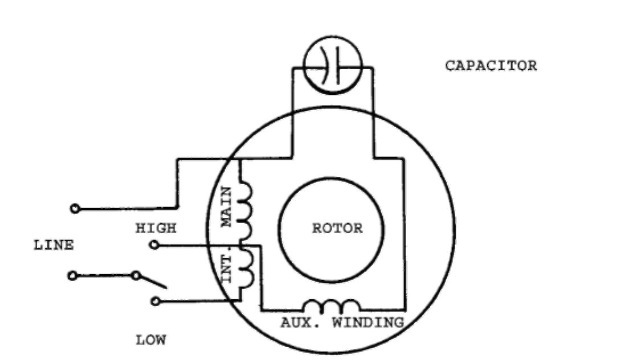dvanommen
Aerospace
- Jul 2, 2018
- 11
I have a Westinghouse AC motor, shown below, which I want to use to power a small bench lathe. I think the motor works fine, but I'm having two problems: correct wiring configuration and starting current.
Problem 1:
I don't have a wiring diagram for this motor. The terminals on the motor are marked COM, HI, and LOW. I'm going to wire this up with a standard 3-conductor power cable with Black, White, and Green wires. Am I correct that these should be wired as GREEN-COM; BLACK-HI; WHITE-LO? Or do I have this mixed up?
Problem 2:
I wired it up a few different ways (after it didn't work with the above order, I tried other configs) and it keeps trying to start but will trip the circuit breaker (15A) before it can get running. After a bit of research on this, I'm making an estimate that the starting current is 4x the rated running current (per the faceplate, 8.6A, so starting current is ~35A which will trip the breaker it's on). This was determined from here Link
Does anyone have any suggestions of how I can reduce the starting current of this motor? I've looked into this online as well, and there are ways to do so but all cost a few hundred dollars that I can't afford.
Thanks for your help
David
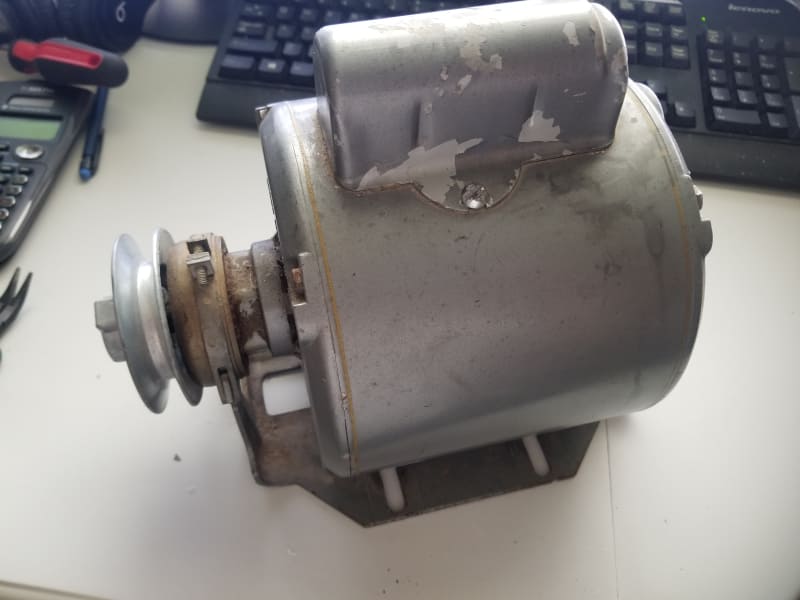
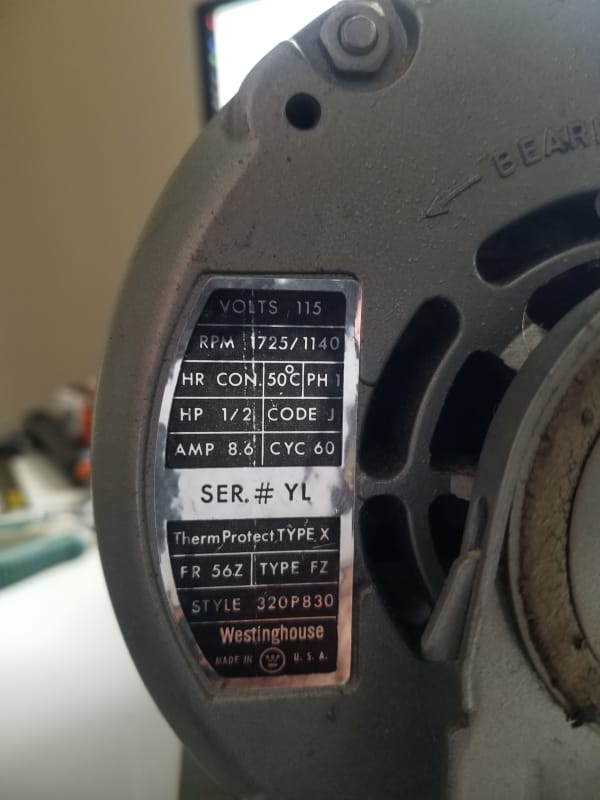
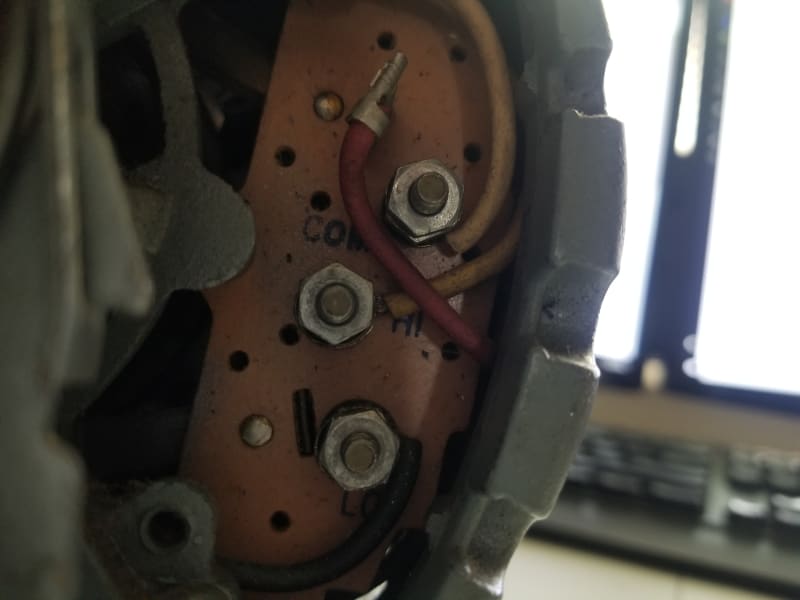
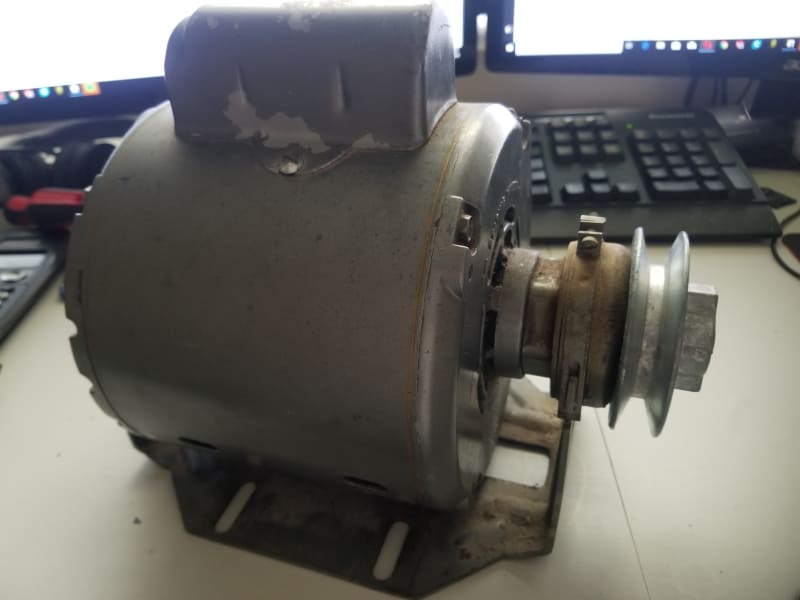
Problem 1:
I don't have a wiring diagram for this motor. The terminals on the motor are marked COM, HI, and LOW. I'm going to wire this up with a standard 3-conductor power cable with Black, White, and Green wires. Am I correct that these should be wired as GREEN-COM; BLACK-HI; WHITE-LO? Or do I have this mixed up?
Problem 2:
I wired it up a few different ways (after it didn't work with the above order, I tried other configs) and it keeps trying to start but will trip the circuit breaker (15A) before it can get running. After a bit of research on this, I'm making an estimate that the starting current is 4x the rated running current (per the faceplate, 8.6A, so starting current is ~35A which will trip the breaker it's on). This was determined from here Link
Does anyone have any suggestions of how I can reduce the starting current of this motor? I've looked into this online as well, and there are ways to do so but all cost a few hundred dollars that I can't afford.
Thanks for your help
David





